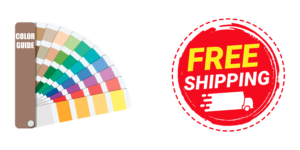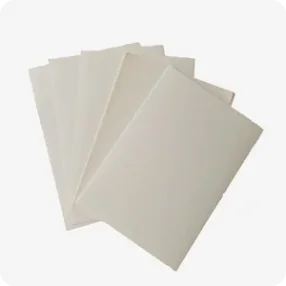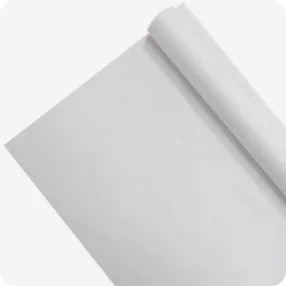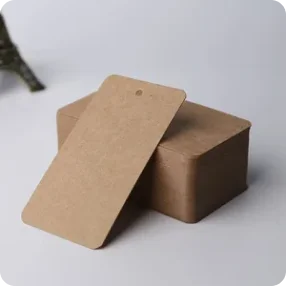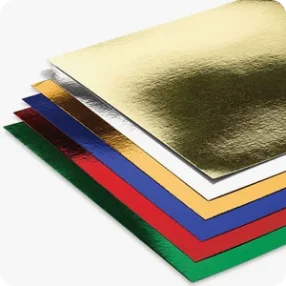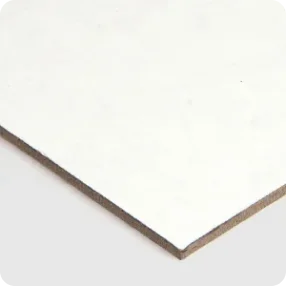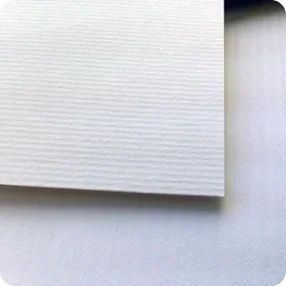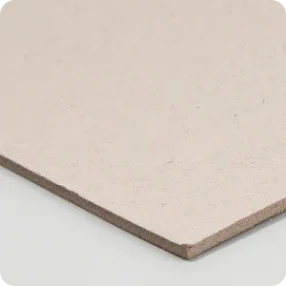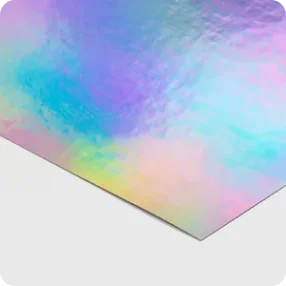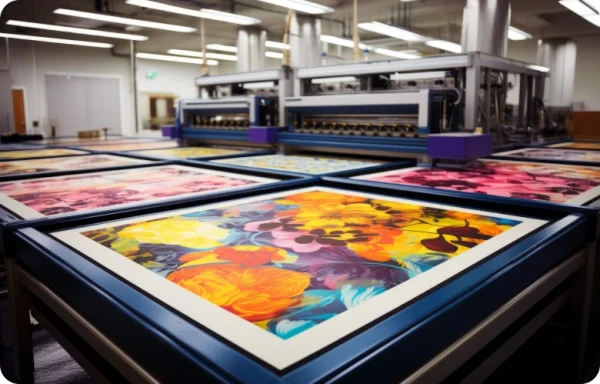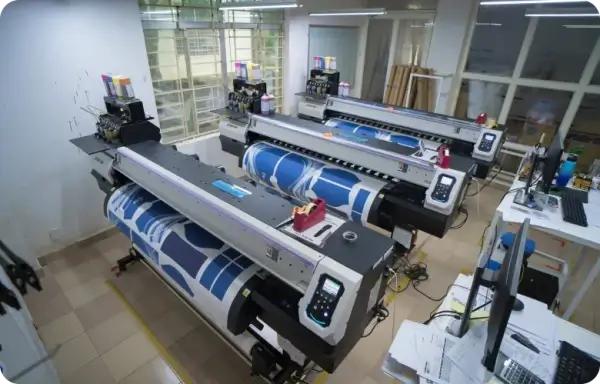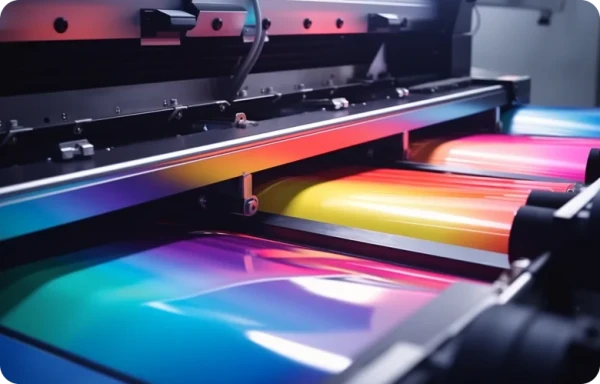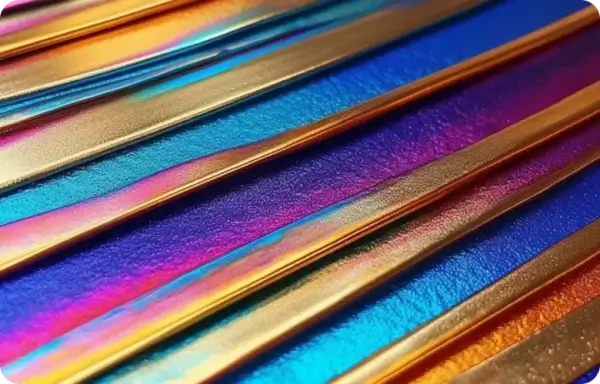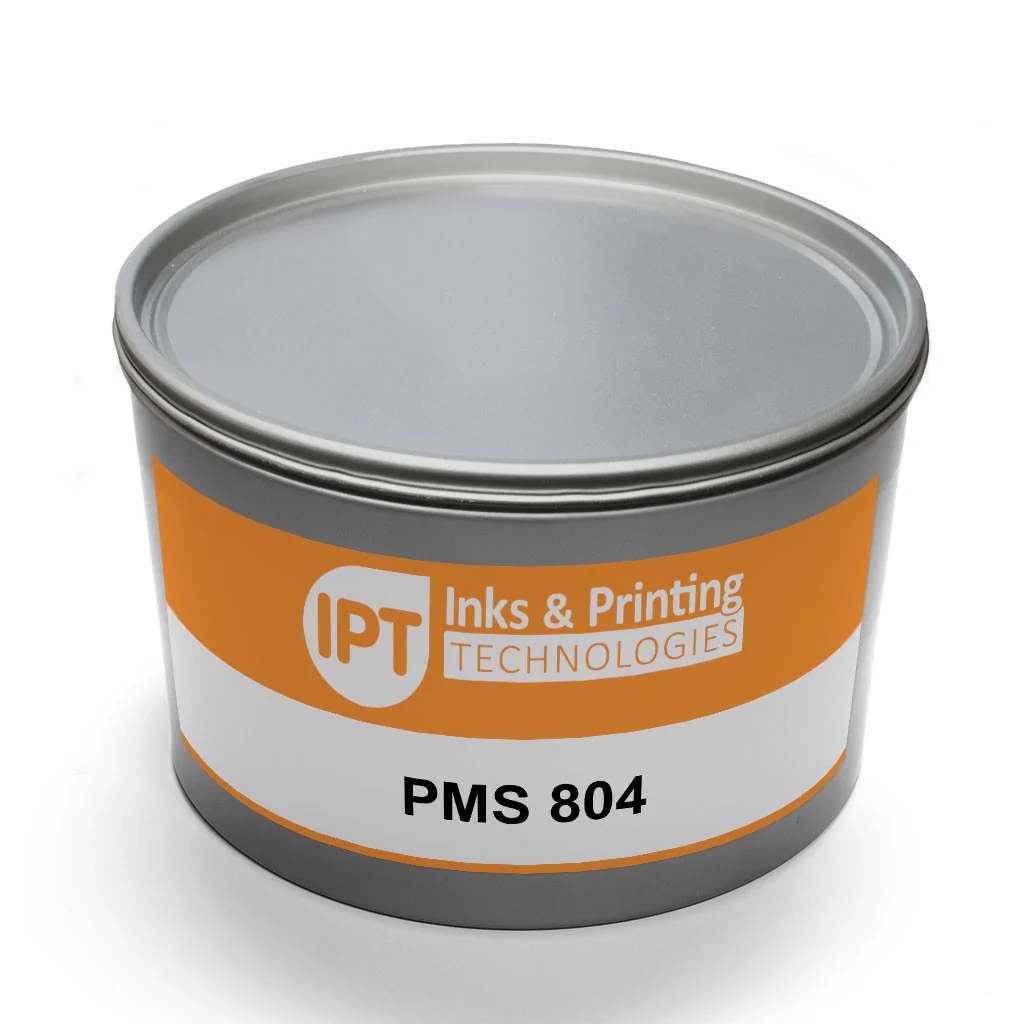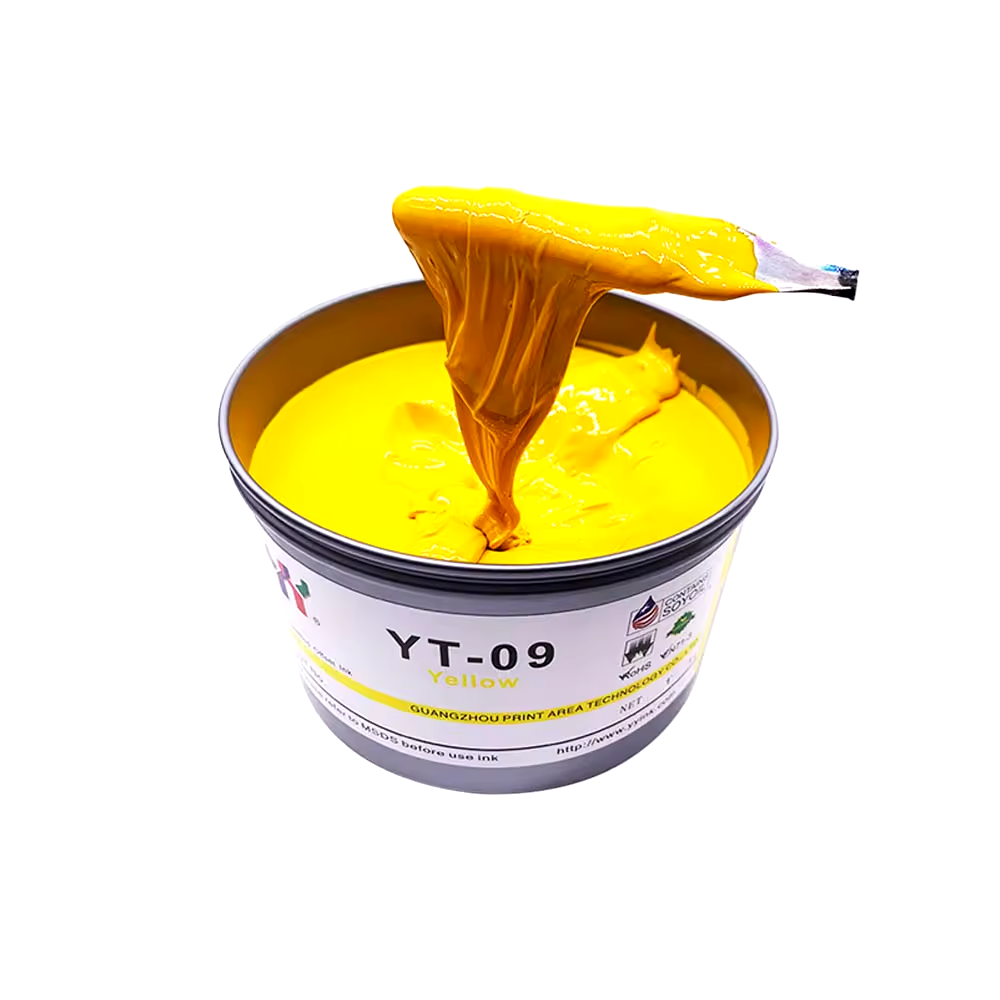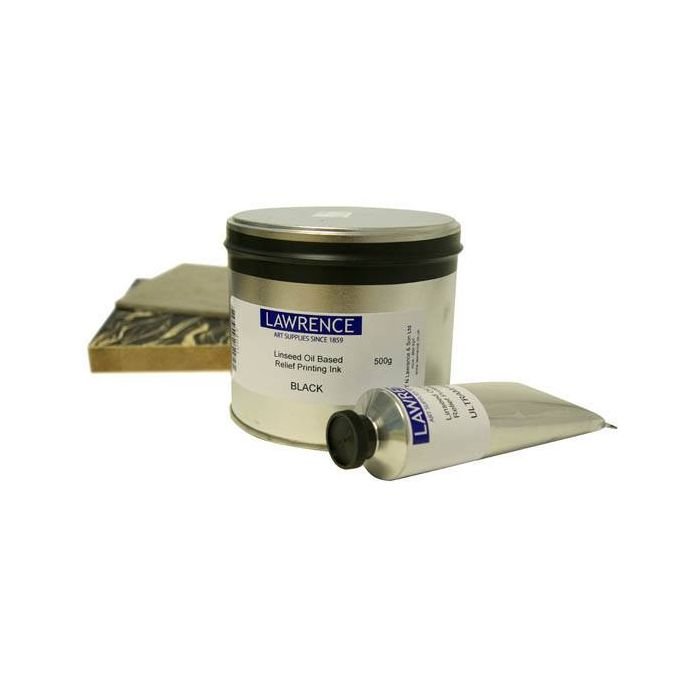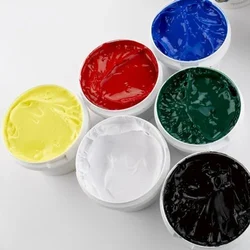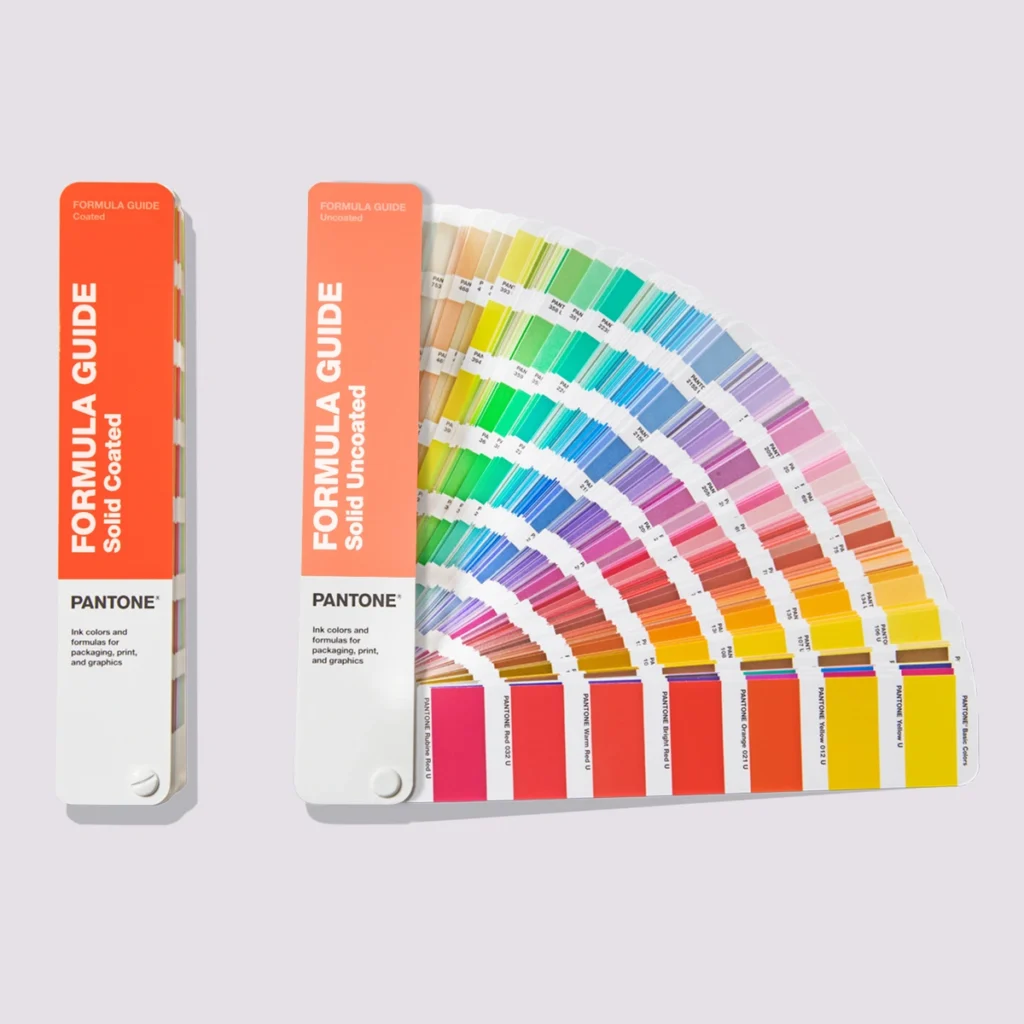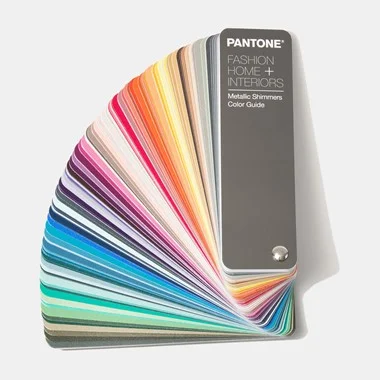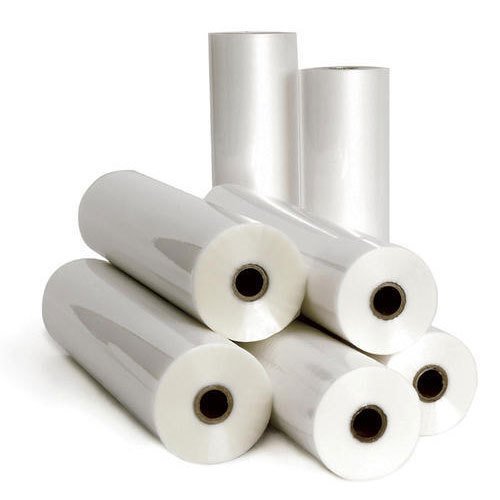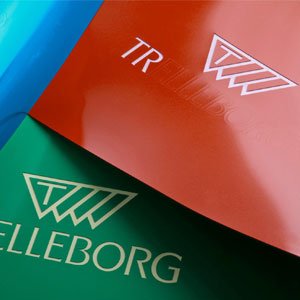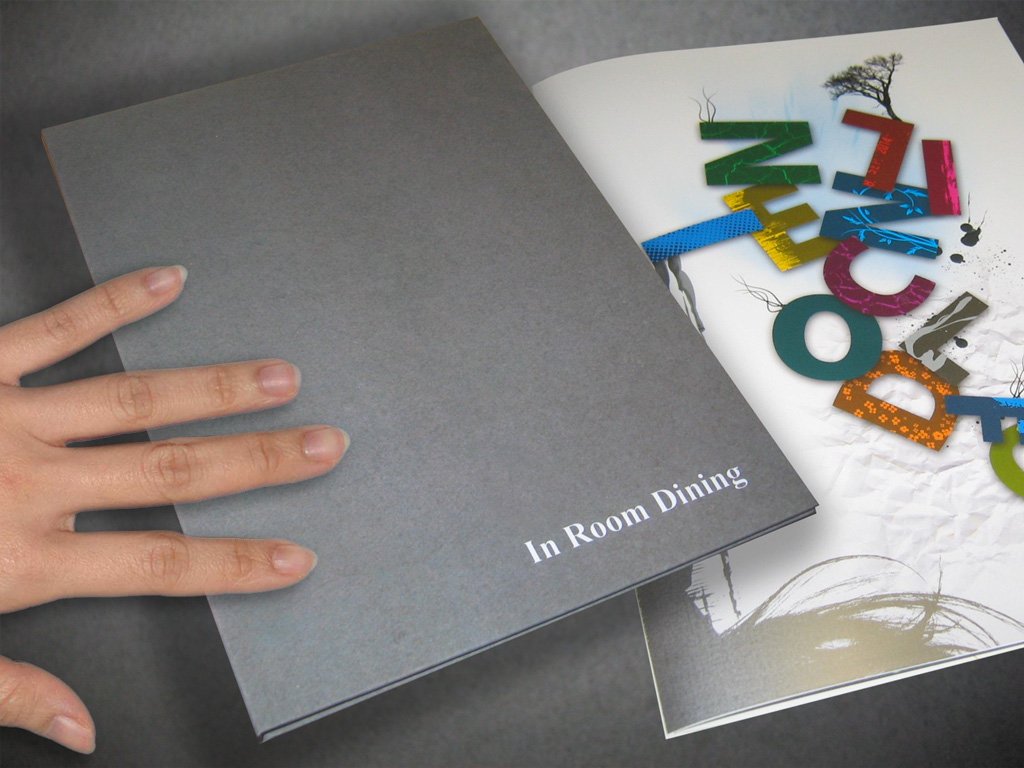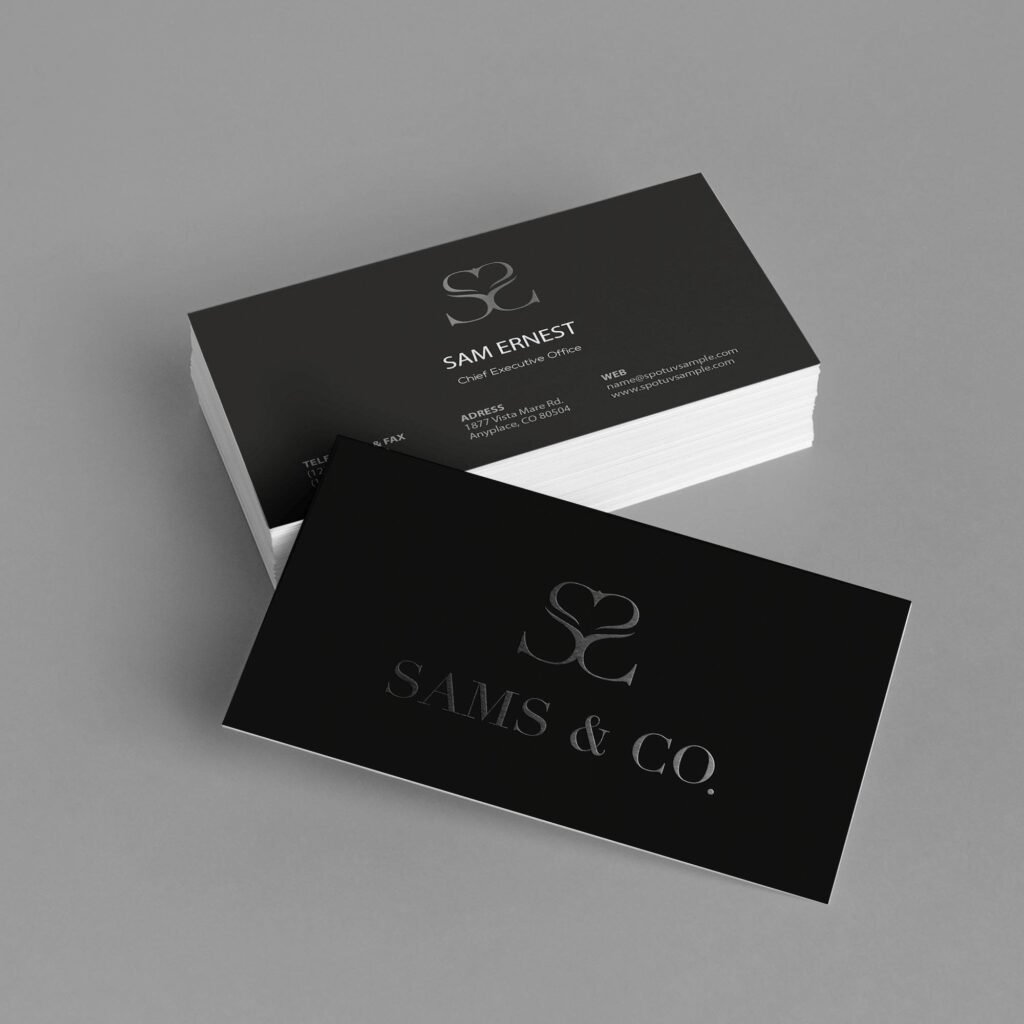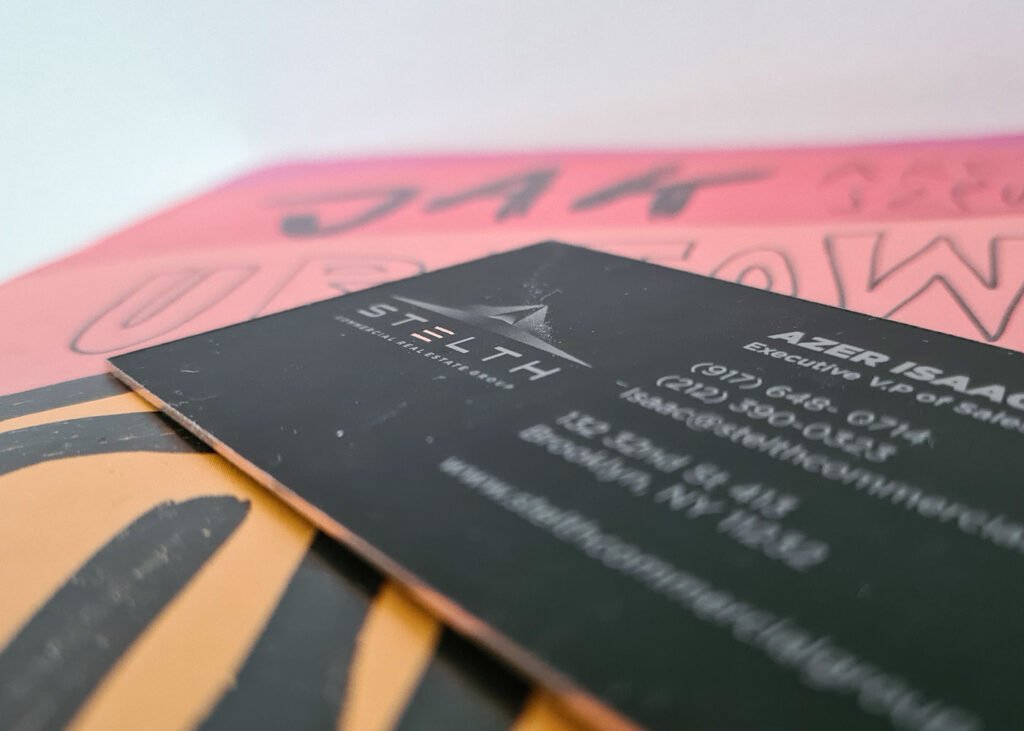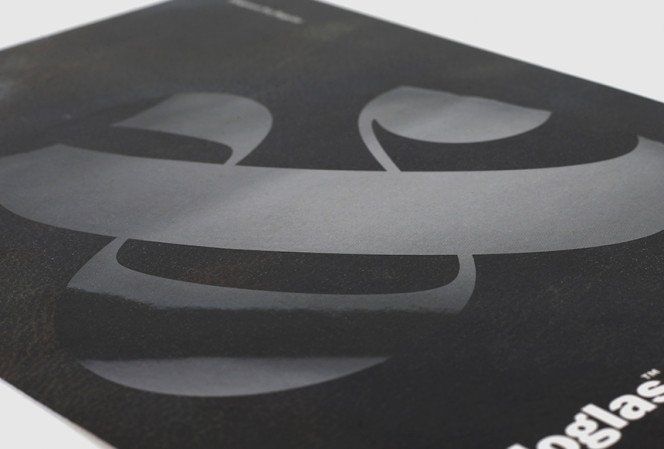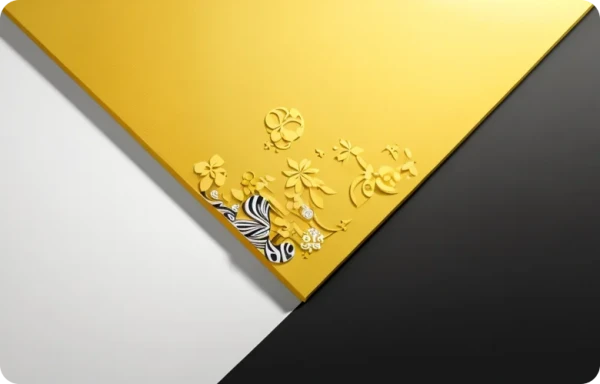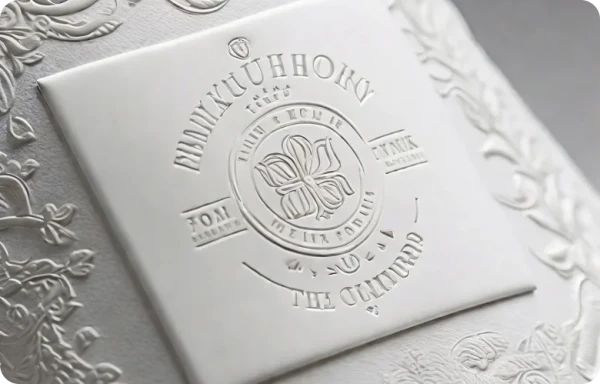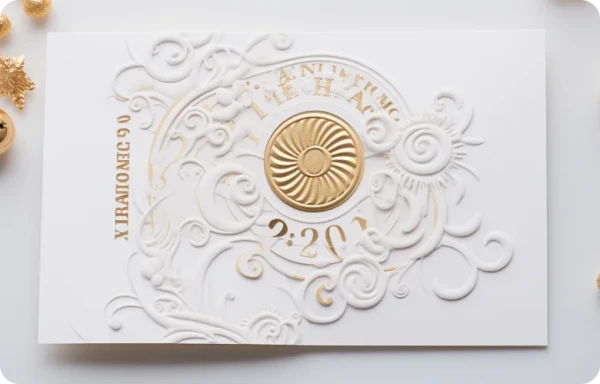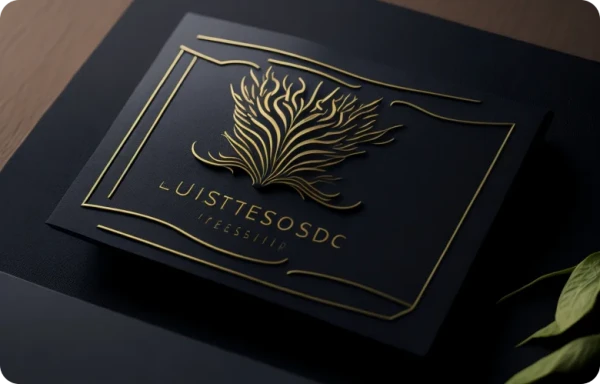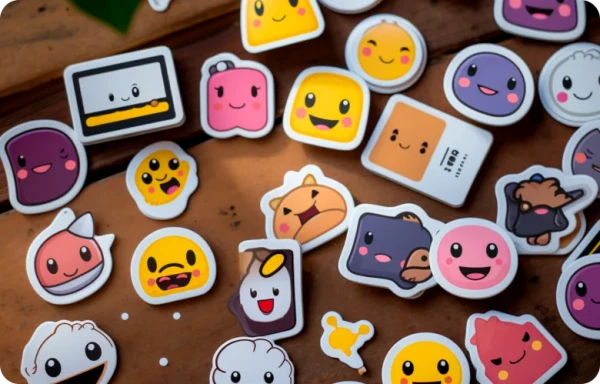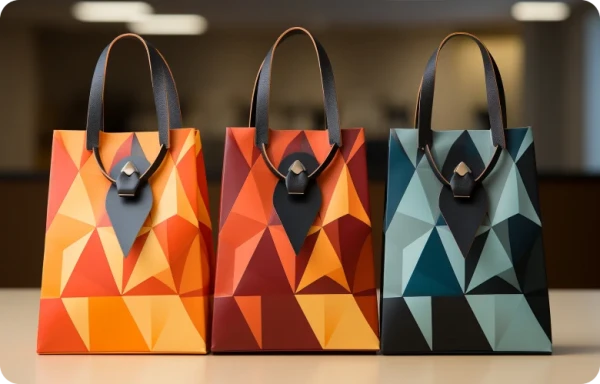Cardboard
Cardboard is more than just packaging; it’s an essential material in our daily lives. From shipping boxes to
eco-friendly packaging, it plays a key role in reducing waste. Unlike plastic,
cardboard is biodegradable and easily recyclable, making it a sustainable choice for businesses and consumers alike. Beyond its typical uses,
cardboard is also found in
construction and
DIY projects, offering endless creative possibilities. Whether it’s
single-wall,
double-wall, or
triple-wall cardboard, this versatile material is here to stay, helping us
reduce waste while meeting the growing need for sustainability.
Types of Cardboard
Cardboard comes in several types, each designed for specific uses. Understanding these types can help you choose the right
cardboard for your needs.
- Single-Wall Cardboard
Single-wall cardboard is the most common type, made up of a single layer of fluted paper sandwiched between two flat layers. It’s lightweight, durable, and ideal for shipping and storing light-to-medium-weight items. Corrugated cardboard often falls under this category, providing a balance of strength and flexibility for various packaging needs.
- Double-Wall Cardboard
For heavier and more fragile items, double-wall cardboard offers additional strength. It consists of two layers of fluted paper, giving it extra durability compared to single-wall cardboard. It’s commonly used in shipping boxes for larger items or those that require extra protection during transit. The added strength makes it an excellent choice for moving boxes as well.
- Triple-Wall Cardboard
The strongest type, triple-wall cardboard, is designed for industrial use and heavy-duty shipping. Made with three layers of fluted paper, it provides exceptional strength and resistance to pressure. This type is often used for construction projects and large shipments requiring maximum protection.
Each type of
cardboard serves a unique purpose, from
lightweight packaging to
heavy-duty shipping. Choosing the right one ensures your items are well-protected and secure.
Common Uses of Cardboard
Cardboard is incredibly versatile, with a wide range of uses that extend far beyond just packaging. Let’s explore some of the most common and creative ways it’s utilized in everyday life and industries.
- Packaging
The most obvious use of cardboard is in packaging. Cardboard boxes are essential for transporting goods worldwide. Whether it’s for e-commerce shipments, retail packaging, or storing household items, cardboard packaging is lightweight yet durable enough to protect products during transit. Cardboard is the preferred material for shipping boxes because it’s cost-effective and offers a secure, sustainable solution for packing goods. Eco-friendly packaging is increasingly popular, and cardboard fits perfectly into this trend due to its recyclability and biodegradable nature.
- Construction
Cardboard has also found a place in construction. In innovative architectural projects, cardboard is used as a building material for temporary structures, such as exhibition booths or eco-friendly shelters. Triple-wall cardboard, in particular, is used for creating sturdy, environmentally friendly structures. Architects and builders are even experimenting with cardboard bricks for sustainable, low-cost housing. The strength and versatility of cardboard make it an excellent alternative to more traditional construction materials in certain applications.
- Art and Crafts
Beyond practical uses, cardboard is a go-to material for artists and crafters. Whether for DIY projects, sculptures, or art installations, cardboard offers a flexible, inexpensive medium. Children use cardboard for school projects and creative crafts, while adults incorporate it into larger-scale art pieces. From making cardboard furniture to wall decor, the creative possibilities are endless. You can even repurpose cardboard to create decorative organizers, storage solutions, and unique home decor items.
In addition to these uses,
cardboard can also be utilized in
educational contexts, such as creating interactive learning tools or games for kids. The material is easy to work with, environmentally friendly, and suitable for a wide variety of creative applications.
From
sustainable packaging to building materials and arts and crafts,
cardboard proves to be more than just a packing material. Its adaptability and eco-friendliness make it a key player in numerous industries.
Environmental Impact of Cardboard
Cardboard has a significant positive impact on the environment, especially when compared to plastic and other materials. As the world shifts towards more sustainable practices,
cardboard stands out for its eco-friendly properties, making it a popular choice in packaging and other industries.
- Sustainability
One of the key advantages of cardboard is its sustainability. Unlike plastics, which can take hundreds of years to decompose, cardboard is biodegradable and can break down naturally in the environment. This makes cardboard a much safer and greener option. Moreover, cardboard is primarily made from renewable resources like wood pulp, which can be replenished through sustainable forestry practices. The use of eco-friendly cardboard options helps reduce the overall carbon footprint and promotes a circular economy.
- Recycling Process
Cardboard recycling is a crucial step in minimizing waste and conserving natural resources. The recycling process involves collecting used cardboard, shredding it, and turning it into new products. By recycling cardboard, we reduce the need for virgin materials, saving trees and reducing the environmental impact of manufacturing new products. The process is energy-efficient, and recyclable cardboard can be reused multiple times without significant loss in quality, making it one of the most recyclable packaging materials available.
- Challenges and Solutions
While cardboard is highly recyclable, there are some challenges to its recycling. Contamination from food, oils, or inks can make cardboard difficult to recycle. To address these issues, it’s important to reduce cardboard waste by separating cardboard from other waste materials and ensuring it’s clean before recycling. As more consumers and businesses adopt eco-friendly cardboard packaging, efforts to improve cardboard waste management and reduce contamination are becoming more widespread.
By supporting
cardboard recycling and choosing
sustainable packaging options, we can all contribute to reducing environmental waste and promoting a healthier planet.
Future Trends in Cardboard Usage
The future of
cardboard is bright, with ongoing innovations and new applications emerging every day. As sustainability continues to be a priority,
cardboard is expected to play an even larger role in shaping various industries.
- Innovations in Cardboard Manufacturing
Advances in cardboard manufacturing are making the material stronger, more versatile, and more environmentally friendly. Researchers are exploring ways to make cardboard even more durable and water-resistant, expanding its use in various industries like construction and food packaging. Eco-friendly cardboard options are also on the rise, with new technologies that reduce the environmental impact during the production process. These innovations are paving the way for cardboard to replace more harmful materials like plastic and styrofoam in packaging and other applications.
- Emerging Applications
Beyond traditional uses, cardboard is becoming an essential part of emerging industries. From sustainable packaging for e-commerce to innovative cardboard building materials, the material is being adapted in creative ways. Triple-wall cardboard is increasingly being used in large-scale shipping and even in the construction of temporary housing for disaster relief. In the realm of technology, cardboard is being used in virtual reality (VR) headsets, making it an affordable and sustainable option in cutting-edge tech.
As demand for
sustainable materials grows,
cardboard will continue to be a driving force in reducing waste, promoting recycling, and providing innovative solutions across various sectors.
FAQ Section
- What is cardboard made from?
Answer:
Cardboard is primarily made from wood pulp, which is processed to create thick sheets of paper. These sheets are then bonded together to form different types of cardboard, including single-wall, double-wall, and triple-wall cardboard.
- Can I recycle cardboard?
Answer:
Yes! Cardboard is 100% recyclable. The cardboard recycling process involves shredding used cardboard, removing contaminants, and reprocessing it into new products. This helps reduce waste and conserve resources.
- What are the benefits of cardboard packaging?
Answer:
Cardboard packaging is lightweight, durable, and easy to recycle. It’s a more sustainable option compared to plastic, as it reduces waste and supports eco-friendly packaging initiatives.
- How do I dispose of cardboard?
Answer:
To dispose of cardboard, separate it from other waste, flatten it, and place it in the recycling bin. Ensure it’s free from food or oil stains to maintain its recyclability.
